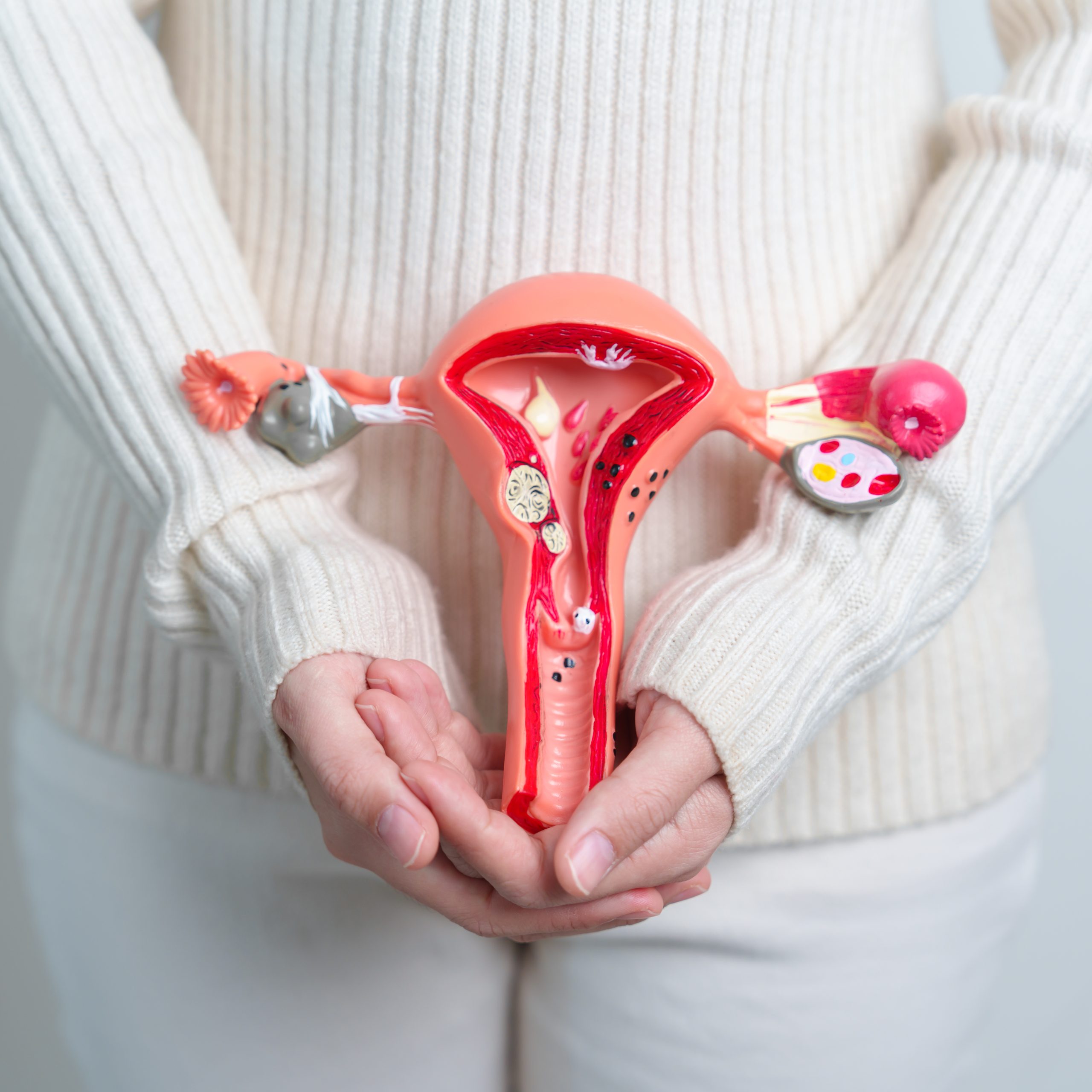
Consultation Timings
- Avenue Mall, Main Ghazi Rd Farooq Hospital DHA Lahore
Monday- Saturday
(3 pm to 5 pm)
Contact Us
- Whatsapp: 03264053417
- info@drzaheerir.com
Fibroid or leiomyoma is one of the most recurrent issue of the women reproductive system. Those seeking treatment for fibroids are often at the disposal of orthodox medical practices that pushes the patient into further misery. The world over, epidemiology of fibroids in women is not at par with its high prevalence. Similarly, often misdiagnosed as fibroid, adenomyosis accompanies severe, long-lasting “painful”symptoms and must be addressed, too. A simple pelvic ultrasound can diagnose uterine fibroid while an MRI is advised to rule out/diagnose adenomyosis.
Uterine fibroid can be classified by its location of growth or how it is attached to the uterus. The location, in turn, is in with reference to the three layers of the uterus. The different types of fibroids are:
- Intramural Fibroids: develops within the uterine wall
- Submucosal Fibroids: grow beneath the uterine lining/ inner layer
- Sub serosal Fibroids: grow outwardly from the uterus
- Pedunculated Fibroids: The location may be any, but the fibroid is attached to the uterus by a stalk or a peduncle
To date, a non-surgical, non-invasive, and patient-compliant approach towards removing symptomatic uterine fibroids and adenomyosis is through 3-D precision guided Uterine Fibroid Embolization (UFE). Older practices including hysterectomy and myomectomy translate into either a permanent inability to become a parent or a high chance of recurrence. Therefore, UFE is the safest fibroid treatment for unmarried/married women alike. The treatment is now available in Pakistan in two major cities: Karachi and Lahore since 2017.
UFE, also known as Uterine Artery Embolization (UAE), is being offered as a 3D precision guided endovascular treatment, Dr Zaheer Sherazi is the pioneer of this technique and offered it for the first time in Pakistan in November 2017.It is a multistep procedure that majorly comprises uterine fibroid embolization. The procedure is safe with 95-97% success rate and provides an immediate recovery pathway to the patient. Uterine fibroid embolization aims at targeting the fibroids or adenomyosis with maximum accuracy, owing to live imaging, and is an interventional radiology technique.
The procedure for Uterine fibroid embolization (UFE) begins with local anesthetic spray over the groin area or wrist.No surgical incision is given. Simple needle is needle is used to gain access to the arteries that feed the fibroids or adenomyosis. Using specialized X-ray equipment, the IR passes a catheter (small tube) via the incision up until the uterine artery, and guides it near the location of the fibroid or adenomyosis. The embolization procedure is carried out on these arteries using an FDA approved drug. Pain management and complete avoidance of post embolization syndrome are also key elements of this procedure. This increases the patient compliance and ensures a swift road towards recovery.
Post Procedures
Post treatment, Dr Zaheer Sherazi and his team manage a thorough follow up with the patient for up to 6-12 months, especially in cases where restoring fertility had also been an aim. In the hospital, the medical staff is obligated to look after the health of the patient and ensure that they attain a speedy recovery. Most patients are discharged after only a few hours of the procedure, while some may be admitted overnight for further checkups. However, the recovery time is generally very short, especially after the fluoroscopic guided nerve block ensures that the patient is in comfort and pain free for 18-20 hours.

